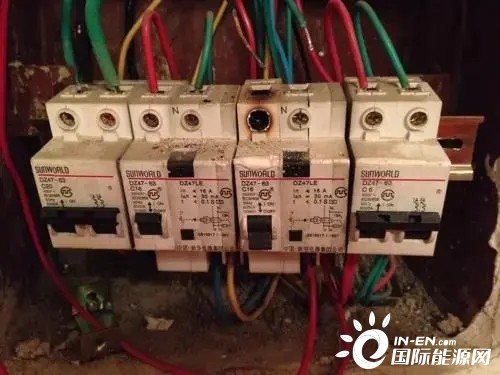If the circuit breaker on the panel won't reset, don't assume it has to be repaired. Most likely the circuit breaker is just doing its job and tripping to protect the circuit. The problem could be a bad connection to an outlet, appliance, or lighting, internal damage, or something you can't easily find, such as rodent damage or an open floor. The circuit breaker may indeed be faulty, but if it is, you still can't fix it. Circuit breakers are not designed to be fixed, so they must be replaced. So, how to deal with the problem that the circuit breaker will not reset?
What to do if the circuit breaker won't reset?
There is a right and wrong way to reset a circuit breaker. The wrong way to do it is to flip it into the open position. If you do, it won't reset. The correct way to do this is to turn off the breaker completely - until you hear the click - then turn it back on until you hear the click again. That might be all you need to do. However, if it trips again, the next step is to look for the problem in the circuit.

So, how can you tell why the circuit breaker won't reset?
If your panel is indexed correctly, you can determine which circuit the breaker controls by looking at the listing on the panel door. Unplug all appliances plugged into electrical outlets, turn off all lights, and try the circuit breaker again. If it still stays on, plug in devices one by one until it trips again, then repair or discard the device that caused it to trip. Check each device for overheating when unplugged.
After completing this test, it's time to glow—turn on the lights. If the circuit breaker trips when you turn on a particular switch, the problem could be the switch, the light fixture, or the wiring between them. You'll still have to do some diagnostic work, but at least you've isolated the problem to some extent.
You've unplugged all the appliances and turned off all the lights, but the circuit breaker is still tripping. At this point, you have options. You can check for bad connections between each switch and outlet (often identified by burnt terminals), or you can suspect the breaker and replace it. If the old circuit breaker is faulty, fix the problem. If this is not the case, you have eliminated the possible cause and can now focus on finding the bad connection.
replace circuit breaker
Replacing the breaker is a simple process, but dangerous to do inside the panel because the hot bus is always energized, so it's best done by an electrician. When replacing a breaker, make sure the main breaker is off, then grab the faulty breaker with pliers and unplug it from the bus. Once closed, you can safely disconnect the black wire attached to it. Connect the wires to the new breaker and snap it into the slot where the old breaker was removed. Now for the big test: turn on the circuit breaker. If you persevere, the mission will be accomplished. If it trips again, more diagnostic work is required.
In-depth diagnosis required
If the new circuit breaker keeps tripping, an electrician can diagnose the problem more effectively than you can, even if you have some electrical expertise. Power Tools has experience distinguishing between a bad connection and a good one, and has the tools to perform continuity tests to look for open connections behind walls that may be rodent damage. Depending on the age of the electrical system, an electrician may spot issues that require expertise to fix, such as aging aluminum/copper cables or open spaces.








